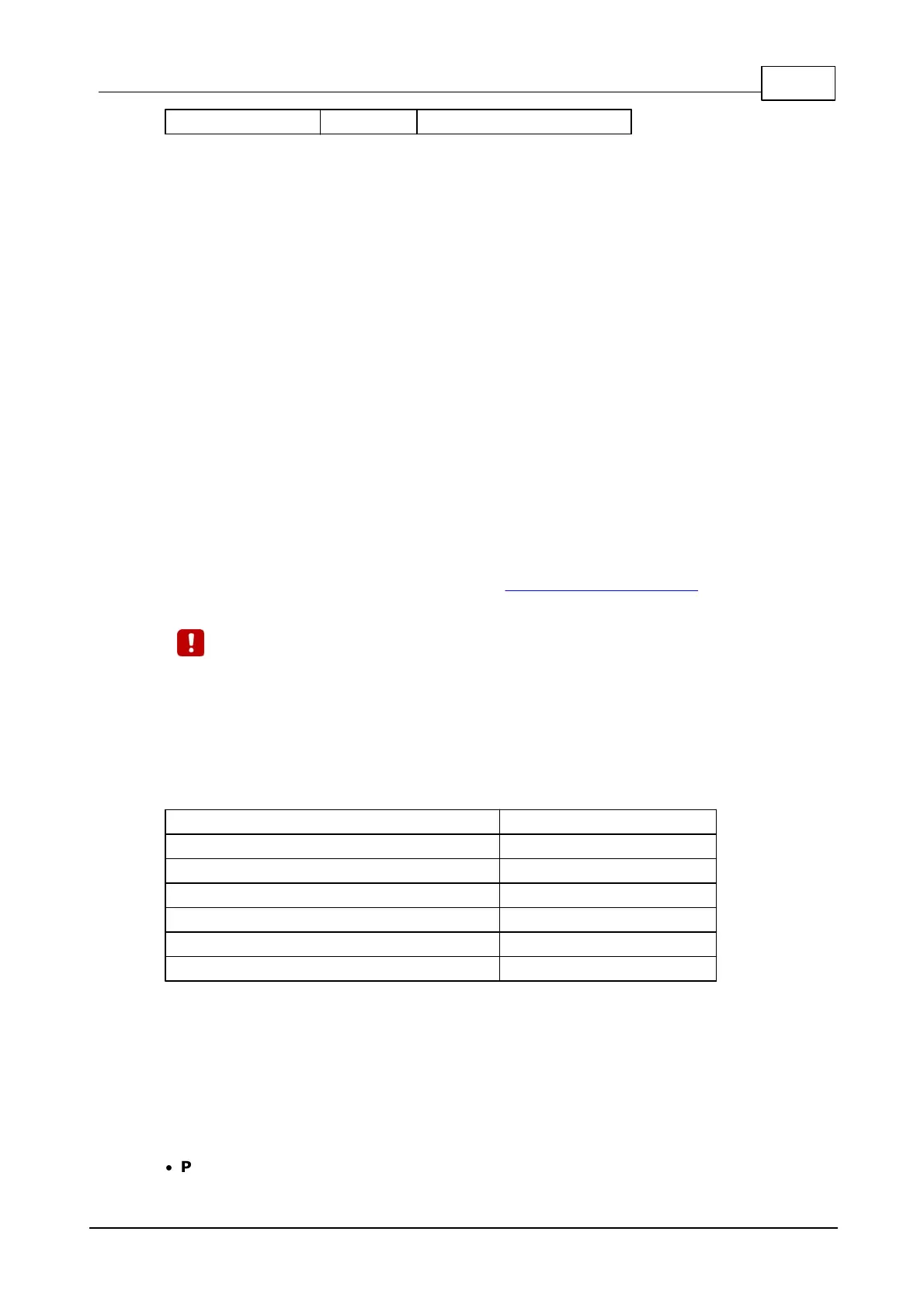458External Controllers
© Tibbo Technology Inc.
Notes:
1. "Data out" line of the DS1101/2, connects to the "data in" on the WA2000
(GA1000).
2. "Data in" line of the DS1101/2, connects to the "data out" on the WA2000
(GA1000).
Wi-Fi data communications is the responsibility of the sock. object (see TIDE, TiOS,
Tibbo BASIC, and Tibbo C Manual). Before such data communications can take
place, the Wi-Fi interface must be properly configured. This is jointly achieved by
the wln. object and WLN library (again, see TIDE, TiOS, Tibbo BASIC, and Tibbo C
Manual).
Note that the DS110x devices cannot accommodate the Wi-Fi and PoE options at
the same time.
8.1.1.7
Optional OLED Display (DS1101 and DS1102)
The DS1101 and DS1102 devices can optionally be outfitted with a 96x32
monochrome OLED display (letter "D" in the model numbering scheme).
As all displays of this type, the DS1101/2's OLED display has a limited life
span. There will be a decrease in the display brightness after ~10000 hours
of operation. To prolong display life, use the lcd.lock method of the .lcd
object to turn the display off whenever possible. Display image is preserved
when the display is "locked".
The following GPIO lines are used to control the display:
The display is controlled by the .lcd object see (TIDE, TiOS, Tibbo BASIC, and Tibbo
C Manual). Proper I/O line mapping is required for the display to work, and it takes a
single line of code to set this right:
lcd.iomapping="36,35,34,33,32,0"
Additonally, the following lines must be enabled (io.enabled= 1- YES):
·
PL_IO_NUM_36_OLED_RST
